
Babywearing Benefits: Promotes Breastfeeding
Carrying on our series of blog posts in celebration of International Babywearing Week, we look at the research and personal experiences detailing how wearing your baby close to you can help some mothers breastfeed more easily and for longer.
We also showcase the next in our series of Alphonse Mucha-inspired Art Nouveau posters which celebrates these myriad of babywearing benefits.
“The day finally came when I scooped her into the sling and felt her warm clammy body against mine. I was determined to breast feed this time as I had issues producing milk with my first.
This sling allowed me to rock her to sleep, keep her close and be able to do "skin to skin" to help my body start producing adequate amounts of milk for her. So we would wear her and wash dishes, play with our oldest, go on walks, shopping; we wore her a lot! It helped us keeps her close while being able to continue our normal routines." Leilani Y
- Mothers who carry their babies for just one hour each day breastfeed for longer and also breastfeed their babies more frequently. (1)

“I love the opportunity to breast-feed him discreetly, whenever he needs. Baby Wearing keeps the positive feelings I had during pregnancy alive" Judith R
- It is widely acknowledged that skin-to-skin contact stimulates oxytocin, which is essential for milk production. (2)
“[Babywearing] helped me to keep my little one close during those very early days when she just wanted to feed and be close to me. She was tube fed at birth and we worked hard to establish breastfeeding over the first three to four weeks. I feel that being able to wear her helped with this." Donna W
- Skin-to-skin contact aids in establishing healthy breastfeeding relationships and resolving latch-on issues. (3)

"Our baby wearing journey started when we purchased a soft structured carrier before our baby was born. We had no idea how much we would use it!! Our little guy was born at 36 weeks at home as planned albeit a little early but still required some respiratory support in hospital before we could resume our family life at home.
I was always going to succeed with breastfeeding as I am a midwife and lactation consultant myself, but thank goodness that resolve was firm as it took A LOT more work than anticipated [...] I couldn't express anything either despite trying regularly.
When he was able to feed again I had very little milk available and he started to exhibit failure to thrive issues. I knew as soon as we were discharged from hospital that my best chance of increasing my supply and conserving his energy was to wear him.
He was BF frequently, and worn in-between feeds. Baby wearing was a major contributing factor in the eventual increase of my supply to be able to exclusively BF our son without one drop of formula which was always my goal. Today at 8 months he is thriving". Celia C
Always remember your safety checks when breastfeeding in a baby sling or carrier
- Using a sling or carrier for breastfeeding is not hands free - you must always use one hand to support baby’s head.
- Never use the sling fabric to support your baby’s head; they must be able to latch off and on freely.
- Constantly monitor your baby when breastfeeding.
- Ensure baby always has good airflow, their back is supported so they are not slumped, and their chin is not pressed against their chest.
- Be aware of trip hazards when loosening a woven wrap.
- When you finish nursing, immediately return your baby to the normal upright carrying position and re-tighten the sling to be hands-free again.
- Pisacane, Alfredo / Contanisio, Paola / Filosa, Cristina / Tagliamonte, Valeria / Continisio, Grazie I.: “Use of baby carriers to increase breastfeeding duration among term infants: the effects of an educational intervention in Italy'. In: Acta Paediatricia, 101, 2012, S.434-438
- Uvnas-Moberg, Kerstin 2003: The Oxytocin Factor: Tapping the Hormone of Calm, Love and Healing, Da Capo Press Inc
- Kristin E Svensson, Marianne I Velandia, Ann-Sofi T Matthiesen, Barbara L Welles-Nystrom and Ann-Marie E Widstrom: Effects of mother-infant skin-to-skin contact on severe latch-on problems in older infants: a randomized trial. In: International Breastfeeding Journal 2013 8.1
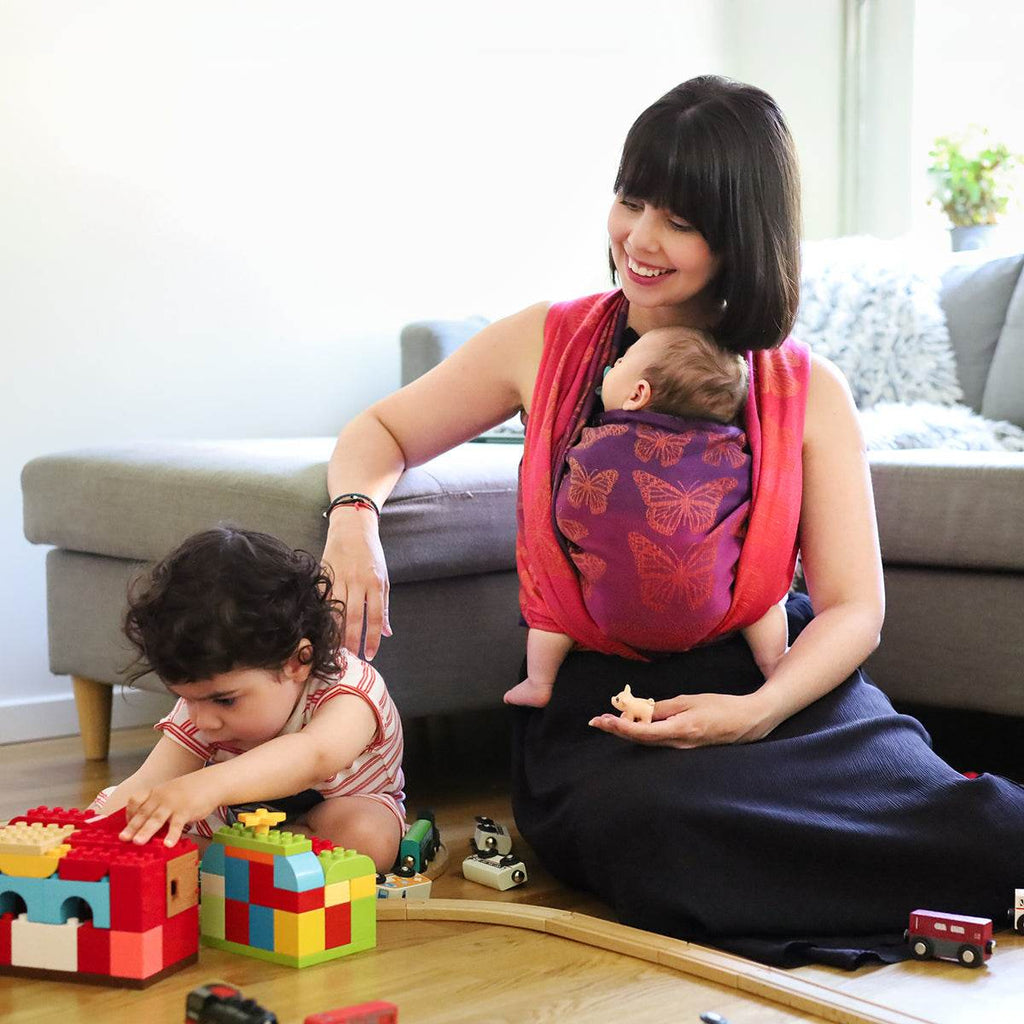
Best Baby Carrier For Newborns 2025

Grey Havens: Oscha Lord of the Rings Design Development
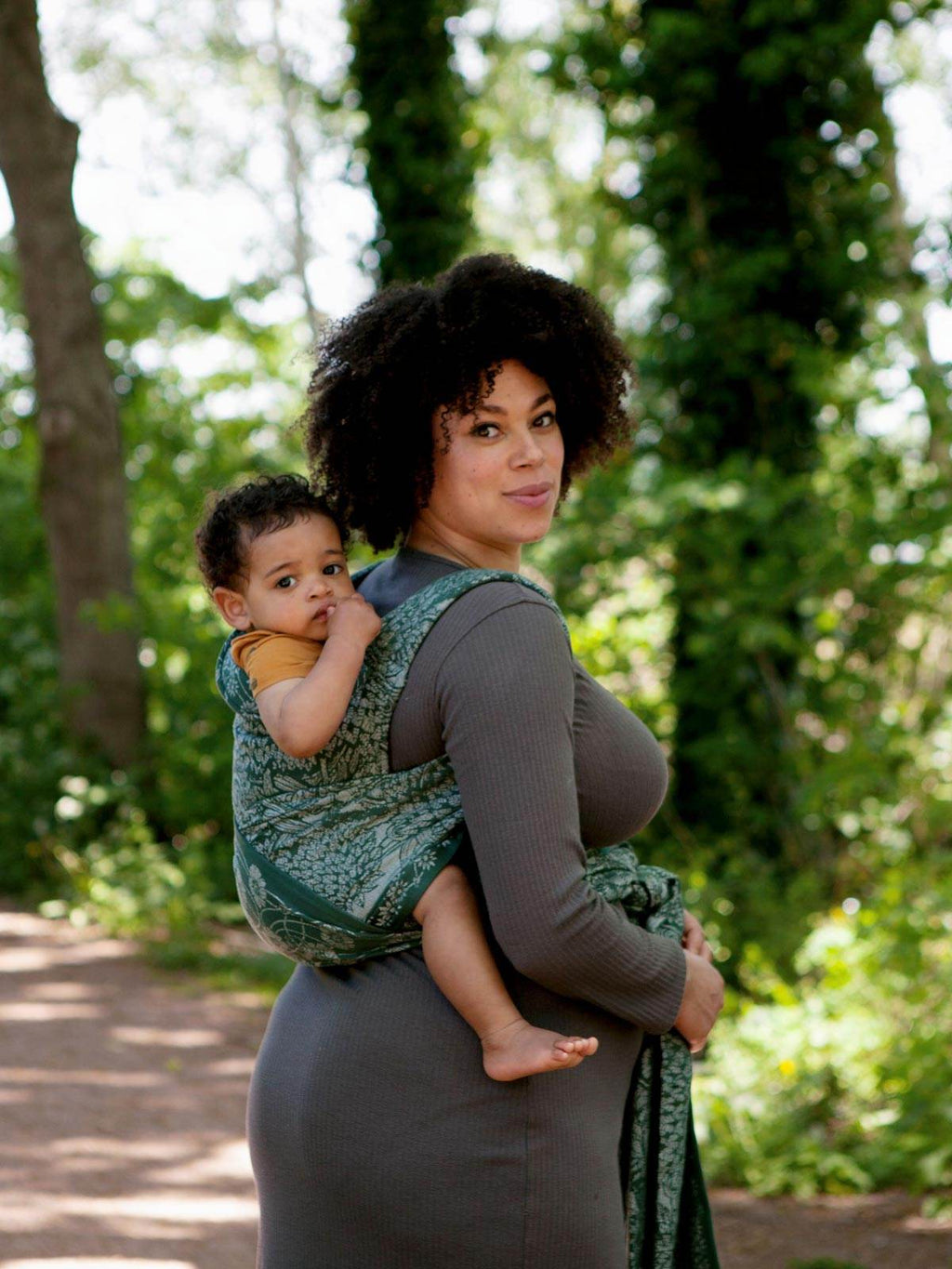
Can Baby Carriers Cause Back Pain?

The co-founder of Oscha & twin mum of 3, Zoe is a seasoned babywearer and is passionate about all things baby carriers and Middle-earth!


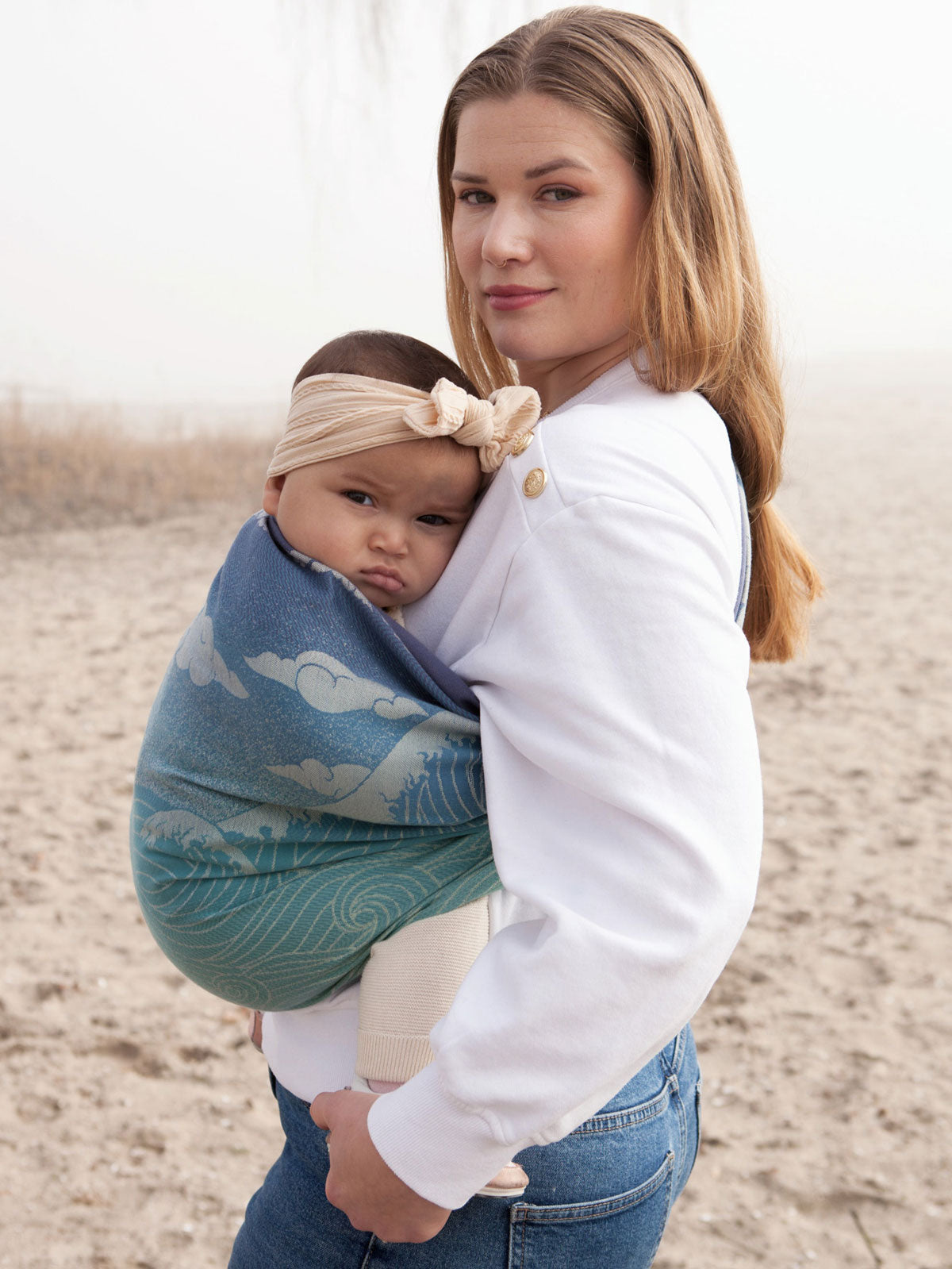
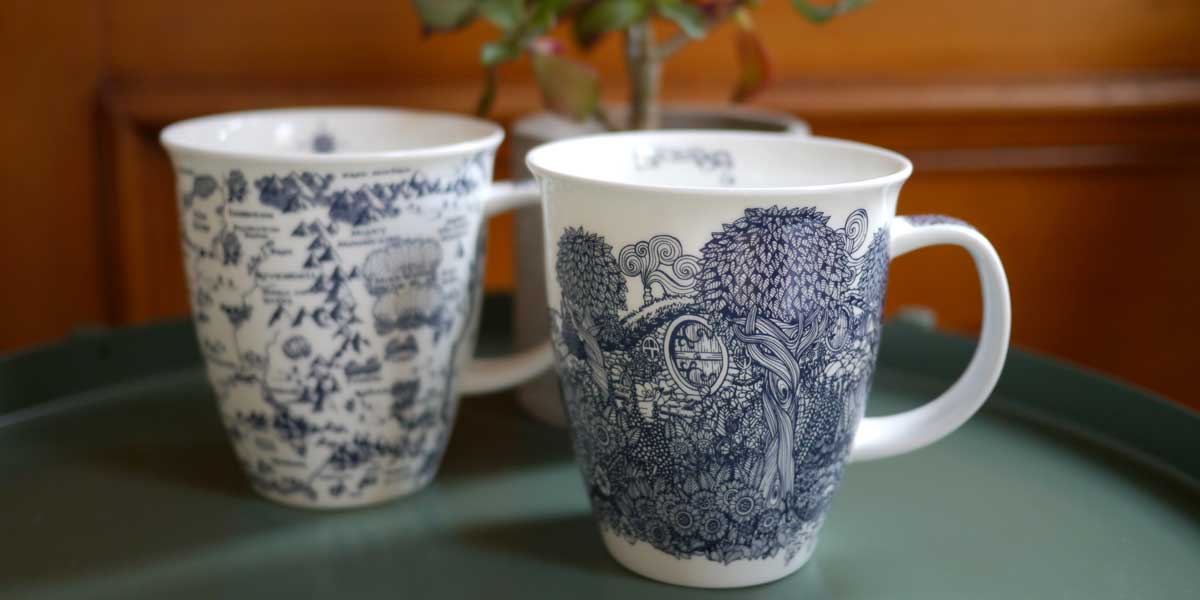
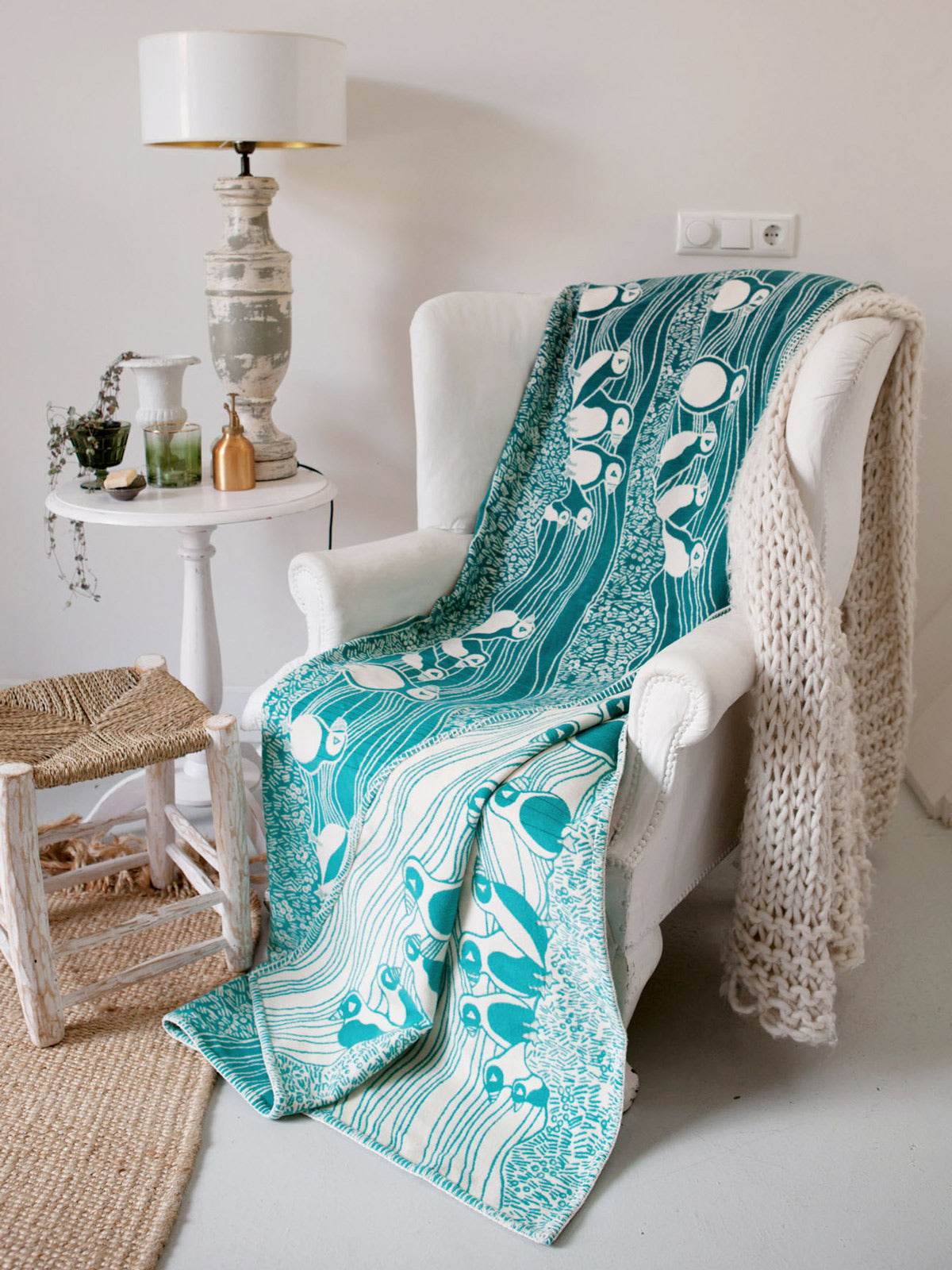
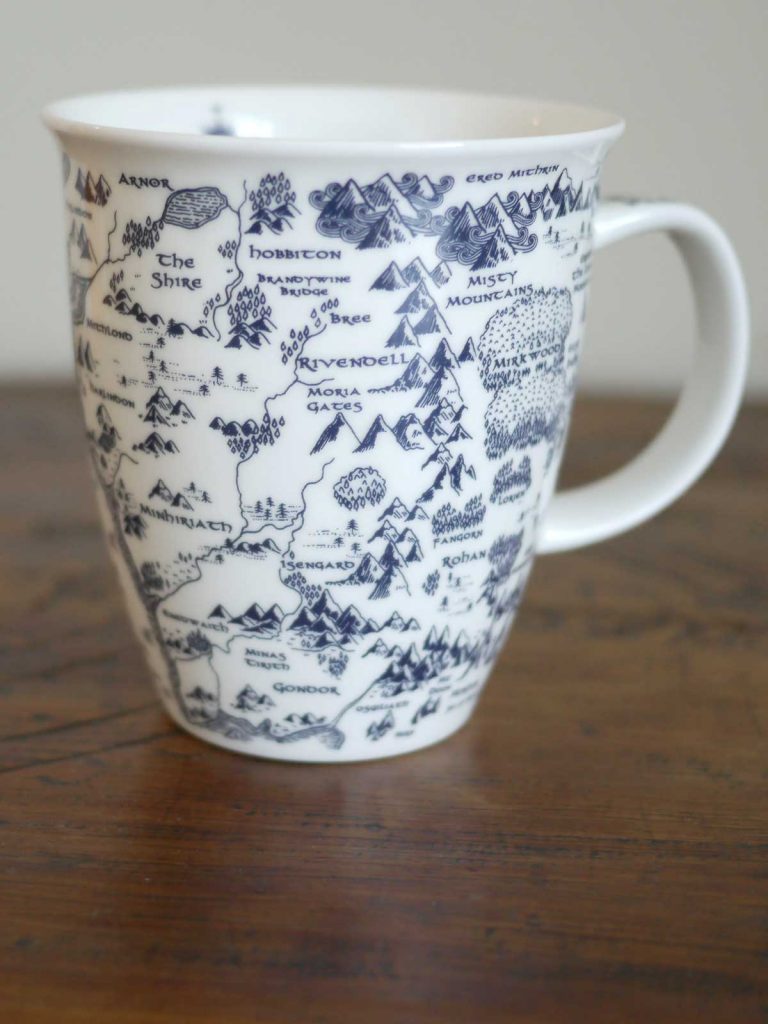


 https://oschaslings.com
https://oschaslings.com